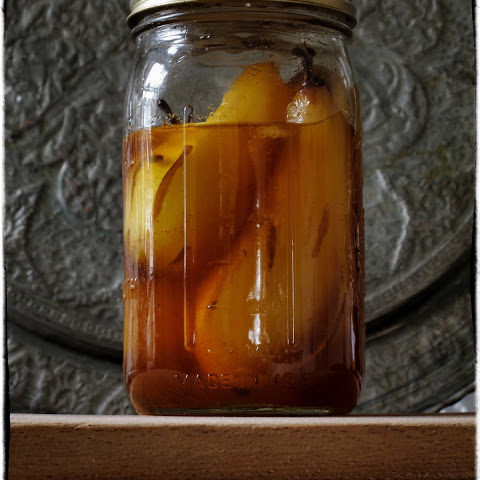[twitter style=”horizontal” float=”left”]
[fblike style=”standard” showfaces=”false” width=”450″ verb=”like” font=”arial”]
I realise the reaction of most people to this title will be a head scratching “What the heck is leftover wine?”.
But it can happen, especially after Christmas and New Year’s celebrations, after any entertaining, and of course, as I run a supper club (a home restaurant) I always have ends of bottles after an event.
Wine oxidises after a couple of days rendering it simply not as nice to drink.
Often the corks have been lost, so my first action is to cover the tops of the bottles with tin foil. This doesn’t prevent oxidisation but does stop fruit flies, who seem to adore wine, getting inside. (I have also been known to use a tea strainer to remove them.)
Here are my top tips for leftover wines
1) Mulled wine
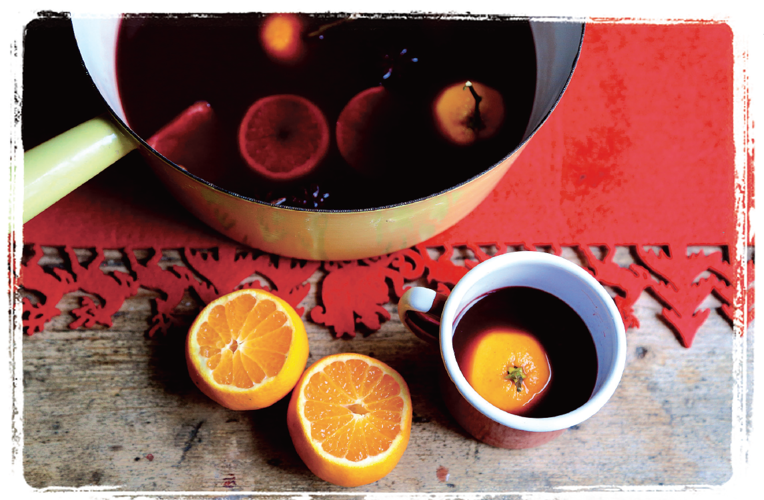
Sling any combination of alcohol into a large saucepan, add spices like a stick of cinnamon, a couple of cloves, a star anise, sugar, slices of orange and hey presto you have a Wintery mulled wine. If you want to make it stronger add some hard alcohol: brandy, whisky, rum, sloe gin, vodka is good. If you want to dilute it, add orange juice.
Do not boil it if you want to keep it alcoholic, just simmer all the ingredients. Taste it to see if it is sweet enough. I tend to add sugar by taste rather than measuring.
A Merlot is good for this such as the Chilean Calbuco Merlot at £8.95
2) Sauces and gravy
Wine in any sauce really can make a dish. I add red wine to tomato sauces and white wine to cream or butter sauces. I know people say use a really good wine in a sauce but frankly I just use up what I’ve got left. Wine makes a wonderful gravy: mix 3 tbsps cornflour and 3 tbsps of red wine together in a medium saucepan and heat until it starts to brown, then gradually add more wine plus stock. Stir until thickened but pourable.
Try a Monastrell, Molino Loco from Spain at £6.95
3) Salad dressings: you can use wine rather than vinegar in salad dressings if you prefer a slightly less acidic dressing. Another trick is to use a byproduct of wine, Verjuice, a non-alcoholic acidic vinegar which is delicious in dressings and sauces. Here’s a blog post that will tell you how to make it from scratch.
50ml white wine or champagne
Juice of a lemon
100ml of olive oil
Sea salt to taste
You can try a new wine with an unusual grape: Verdeca, from Puglia, Vigneti Del Salento, ‘Terre Del Sud’, Verdeca, which is on sale at £9.95.
4) Deglacage
This is the French term for ‘deglazing’ your pan. You know those little burnt bits of meat, fish or vegetables such as mushrooms at the bottom of your frying pan after you’ve cooked it? This is known as the Maillard reaction. Pour a little wine onto those crispy bits and stir. The wine will dilute the juices and make a lovely sauce.
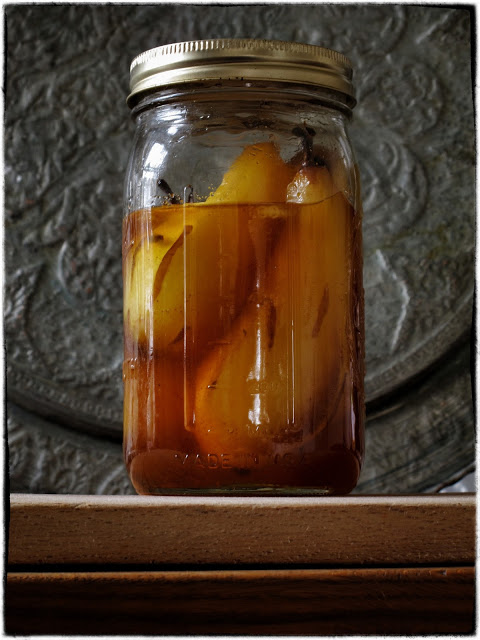
5) Poaching fruit
I hate pears. But I get them every week in my organic vegetable box. So I make them edible by poaching, you can even use hard ones (in fact slightly unripe is better, it doesn’t collapse into mush).
Pare the skin off the pears, leaving the stem, and put them into a narrow saucepan (small is better as this way the alcohol covers the pears). Add sugar and spices of your choice (cinnamon, star anise, nutmeg, cloves, ginger, chilli) and cover the pears with alcohol. If you don’t have quite enough you can top it up with a little water. To stop the pears bobbing up, cover the surface of the liquid, submerging the pears, with a disk of kitchen parchment. Simmer for up to an hour. Delicious.
You can even dip them in chocolate afterwards for Poires Belles Helene.
If using white, I suggest Casas del Bosque Sauvignon Blanc Reserva from Chile at £8.75 or a dessert wine Zibbibo, Gibelé at £11.75 from Sicily.
6) Nigella tip: freeze the wine
Nigella naughtily admitted on TV that she pours the ends of good bottles of wine into small ziplock bags and freezes them. This way she always has a little wine to add to her cooking rather than opening a fresh bottle.
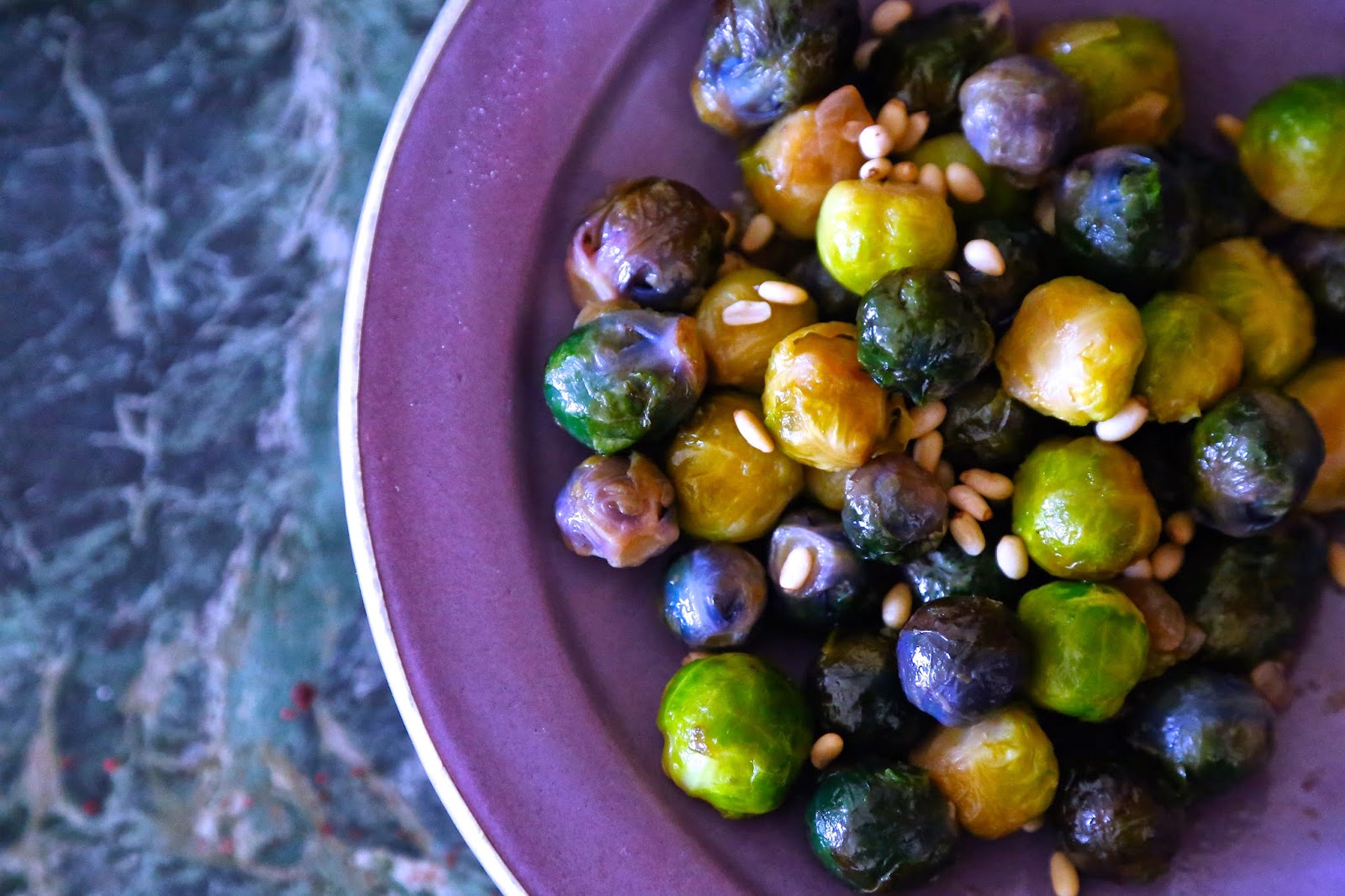
7) Brussels sprouts
Brussels sprouts are trendy, did you know that? You can reduce the cabbagey taste of sprouts by cooking them in wine. I do them in both white wine and red wine. In this picture you have purple and green Brussels sprouts, just to add colour and exoticism to a dish that is often regarded as dull.
4 shallots, diced
50g salted butter
1 bay leaf
A clove of garlic, minced
400g Brussels sprouts, bottoms trimmed, cut in half
A glass of white/red wine
3 tbsp of pine nuts or slivered almonds (optional)
Salt and pepper to taste
In a medium saucepan, fry the shallots in the butter until soft, add the bay leaf and garlic then the sprouts. Add the wine, a glass or more cooking until the Brussels sprouts are tender.
If using red wine, try a Rioja Vina del Oja Tinto at a bargainous £7.95.
For white wine use Chardonnay Reserva, Vina Leyda from Chile at only £7.50 (down from £9.50).
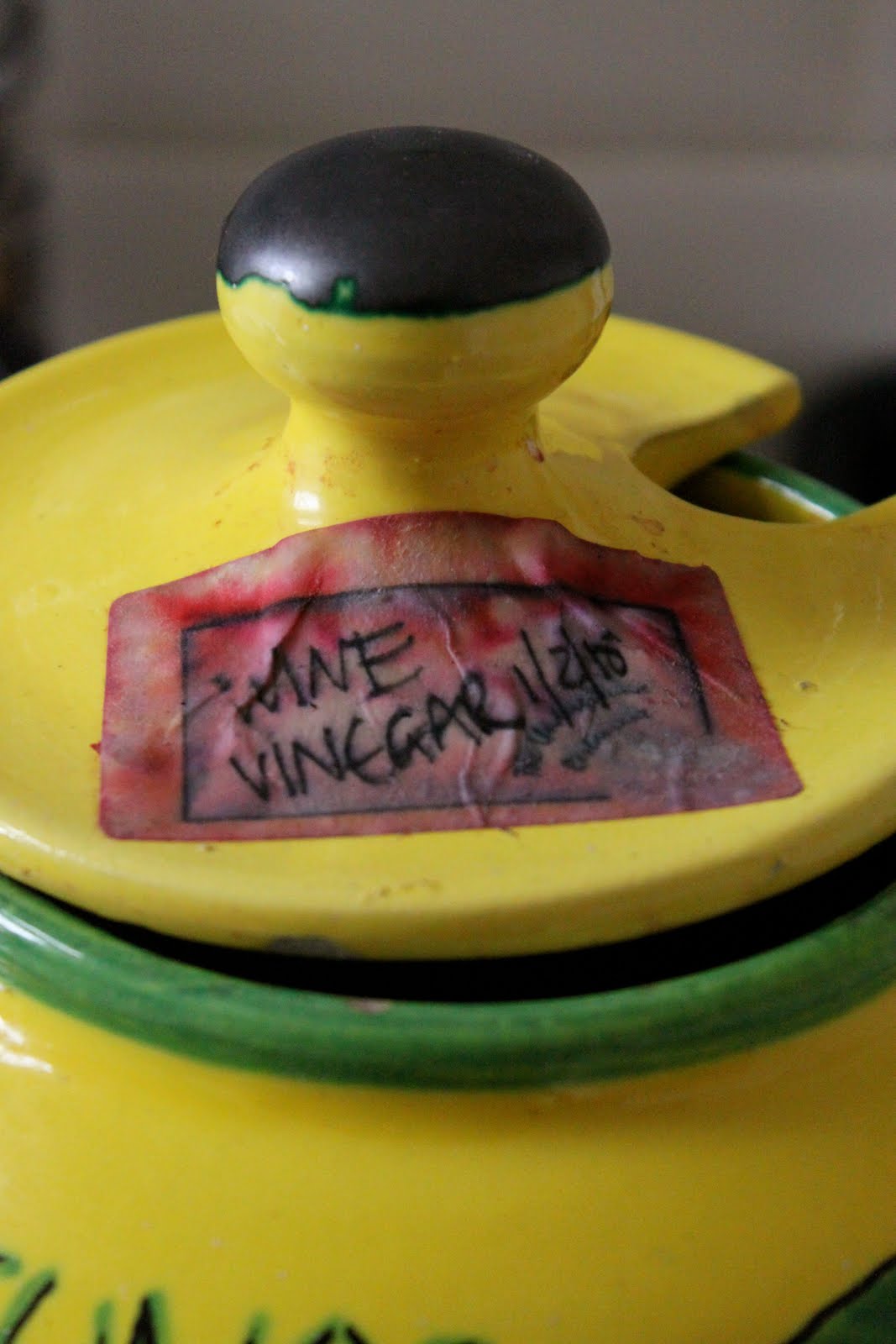
8) Make your own vinegar
This is a bit hardcore DIY foodie, very on-trend in that fermentation is good for you, but well worth the effort. Buy a large crock or stainless steel container with a wide mouth and pour all your leftover wine into it. Cover the mouth of the container with a cheese cloth and rubber band.
What you do need is a ‘mother’ – the gunky weird stuff you will often find at the bottom of a vinegar bottle. If you’ve got some already, all the better, your vinegar will have a head start. Otherwise you can create your own, which does take months and ends up looking like a massive placenta. What’s the difference between sour wine and vinegar? Time. Just keep going, eventually it’ll turn into homemade vinegar.
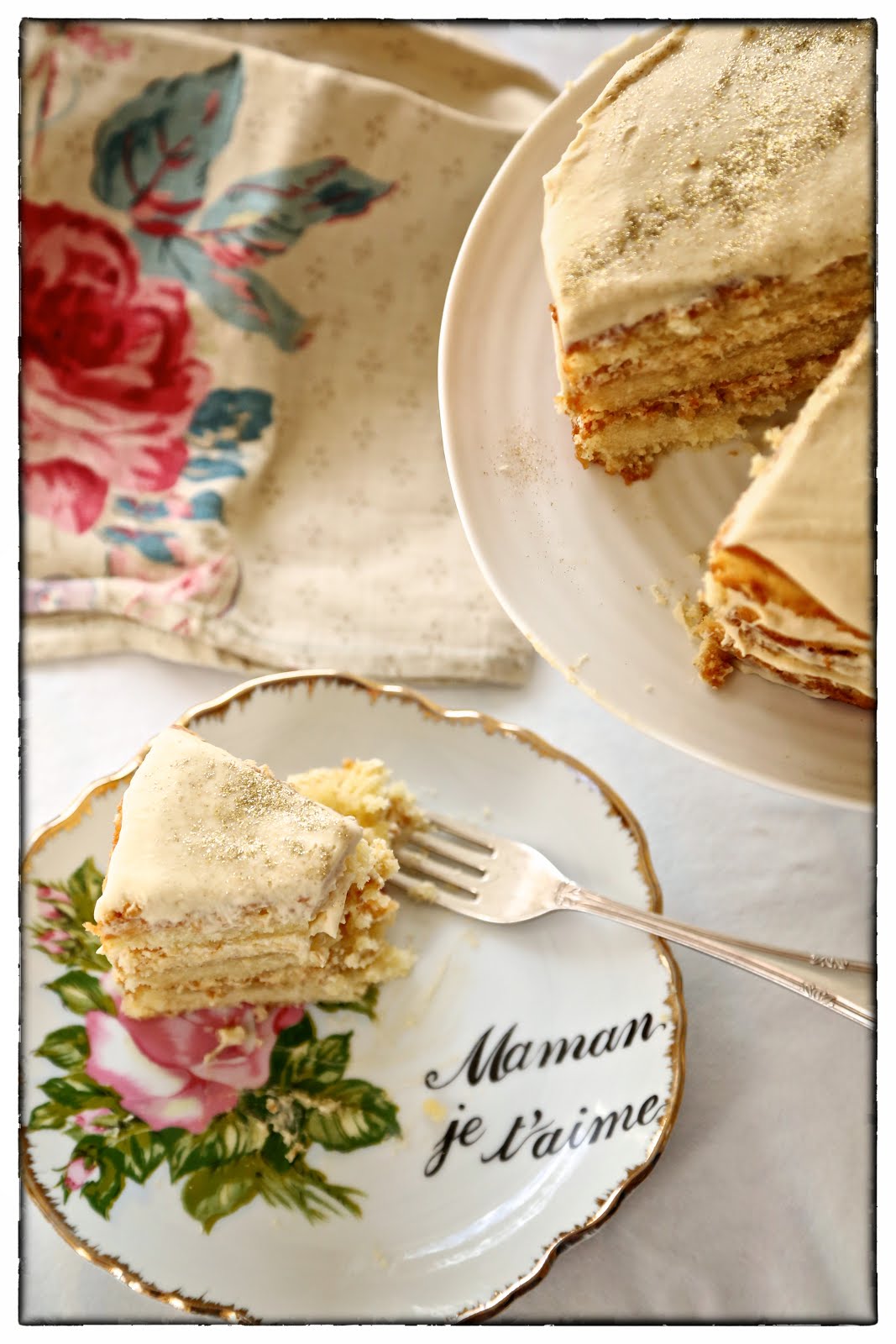
9) Cake and trifle
Cake with booze in it: two essential food groups in one. Try my Champagne cake recipe.
And of course if you have cake and jelly, you’ve got to make trifle. How about using a sweet dessert wine to soak your biscuits in? I’d suggest this California dessert wine: Andrew Quady Essensia orange Muscat (half bottle) at £9.95.
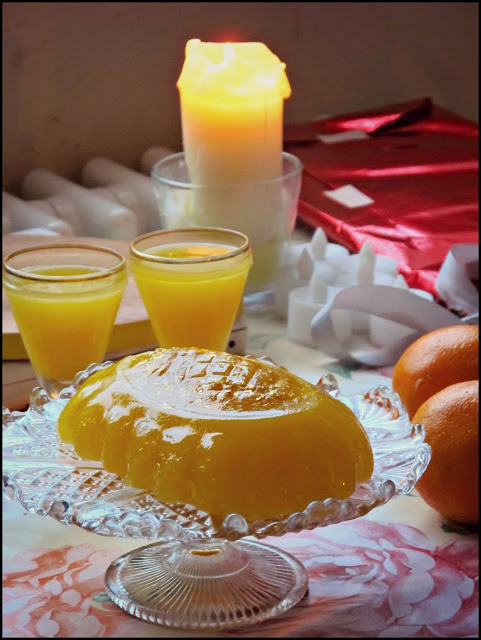
10) Jelly
Try my gorgeous alcoholic jelly recipe from my book MsMarmitelover’s Secret Tea Party, which is for a 500ml mould.
Champagne and Clementine Jelly with Gold Leaf
5 platinum gelatine leaves
300ml clementine or orange juice
50g caster sugar
200ml champagne or sparkling wine
Small pot of gold scraps such as you get in the baking section of a supermarket
3 to 5 clementines, peeled and segmented (remove as much of the white pith as possible)
Soak the gelatine leaves in a bowl of cold water. Squeeze out the water when the leaves are soft. Put them in a bain-marie (double boiler) with the fruit juice. Add the sugar and gently heat until the sugar and gelatine has dissolved. Remove from the heat and stir in the champagne.
Pour a thin layer of jelly into the mould, just enough to get the gold leaf, which you will next add with a paintbrush, to stick. Then add some clementine segments and add another 3cm of jelly. Leave it in the fridge to set for half an hour.
Then add more of the jelly and a few more of the segments. Repeat as necessary by stages until the mould is filled. This means that the clementine segments are evenly distributed.
Return to the fridge to set completely. To unmould your jelly, wet the presentation plate beforehand so that you can position the jelly, then reverse the jelly onto it.
Try a Prosecco Spumante Extra Dry Vallate at £9.95 from Italy.
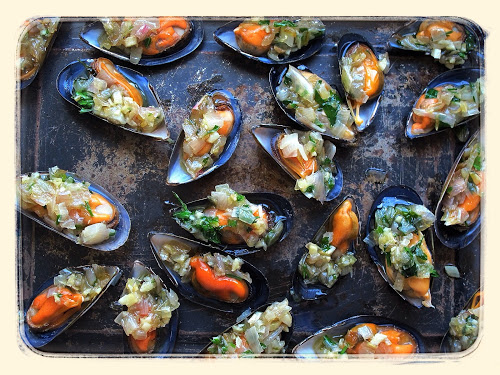
11) Mussels and clams
There is no shellfish that isn’t improved with the addition of good wine. I use white wine when I make moules marinieres and spaghetti vongole. Here is a recipe for grilled mussels with parsley and white wine (and tips on how to select and cook them).
Try a Picpoul: Jadix Picpoul de Pinet, La Cave de L’ormarine at £9.95. Put some in and drink the rest.
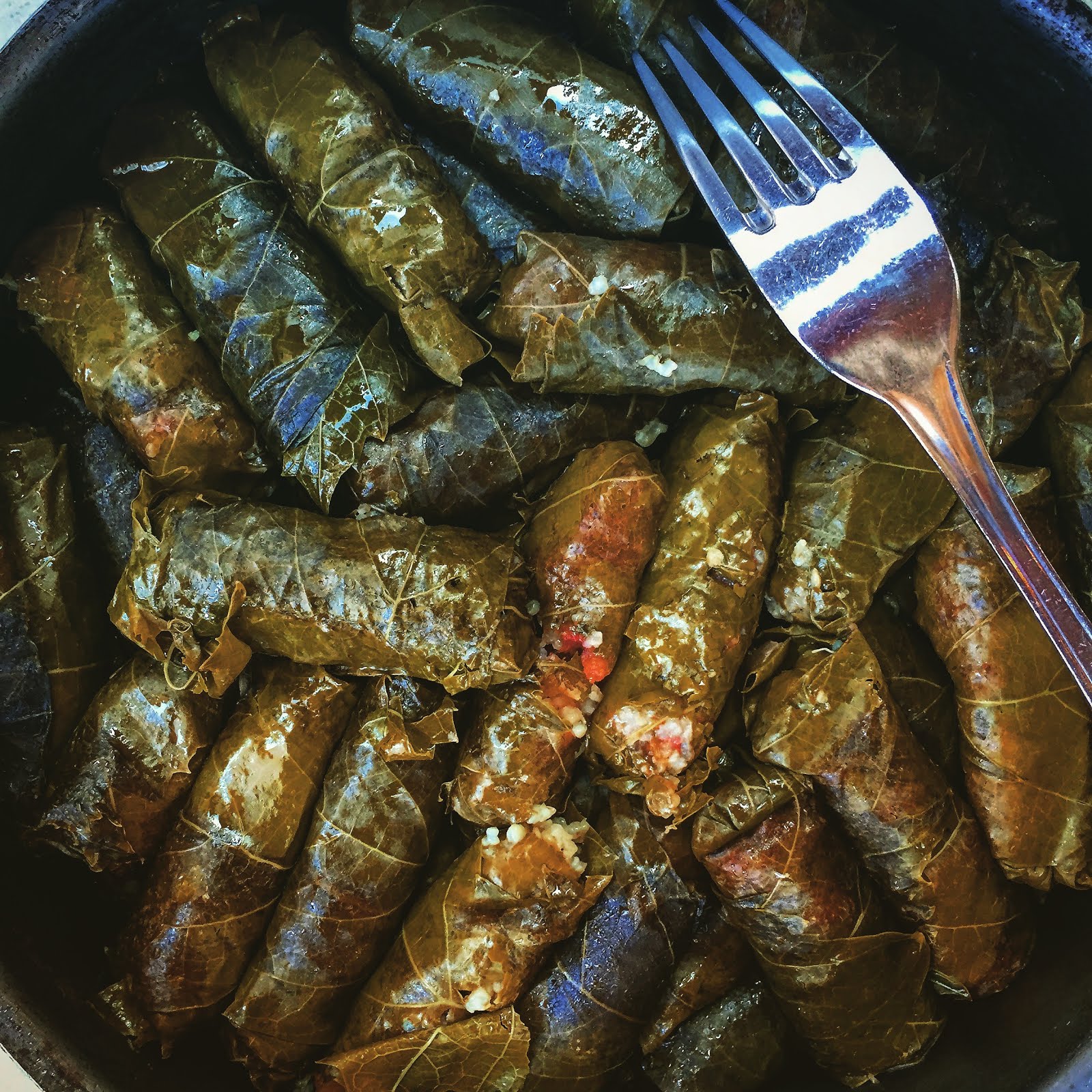
12) Making dolmades
I make these stuffed vine leaves so gorgeously, and the trick is to add plenty of white wine. Because vine leaves are the leave of plants that make wine, don’t forget, this suffuses the leaves and rice and makes them absolutely orgasmically delicious.
Wrap fresh or jarred vine leaves (rinsed of their salt) around rice, fried peppers, preserved lemons and sultanas for dolmades and poach them in white wine. (A recipe for this is in my book, Supper club: recipes and notes from the underground restaurant.)
I suggest a Greek Assyrtiko, Wild Ferment, Gaia at £17. I don’t think you’ll have any leftovers of this, it’s too good. Drink it with it, not in it.

13) Soup
It was common in France for peasants to pour some of their glass of wine into their soup, something I recommend, it adds acidity and flavour. Wine also forms an intrinsic part of some classic soup recipes, for instance, French Onion Soup which simply begs for a glass of white wine in it. Proper winter food. Here is my recipe for French Onion Soup with Marmite.
I suggest a Percheron Viognier from South Africa at £6.75.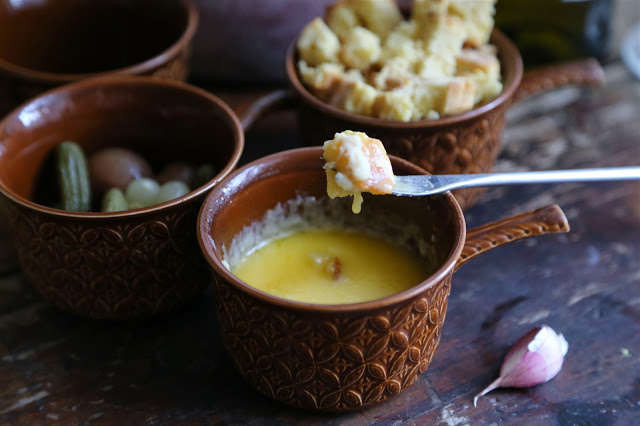
14) Cheese fondue
You need white wine in cheese fondue and who is to say that it can’t be the ends of several bottles? Great user upper of leftover white wine. Here is my recipe for cheese fondue.
This guy did a test of different white wines used in cheese fondue and came to the conclusion that they all work.
You could use an Italian Pinot Grigio, Ponte del Diavolo at £8.95.
[twitter style=”horizontal” float=”left”]
[fblike style=”standard” showfaces=”false” width=”450″ verb=”like” font=”arial”]

